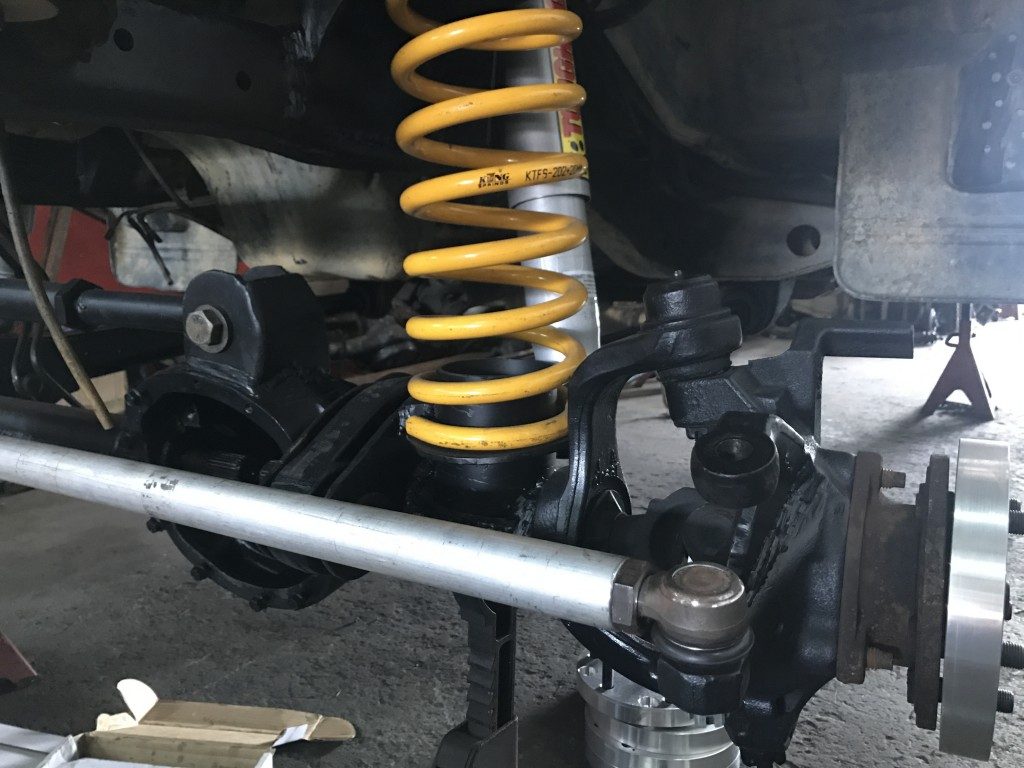Springs may not be the first thing you see in cars, but they are vital. Comfortable and safe rides are impossible with faulty springs, which makes their maintenance as necessary as an oil change. Here’s why and how springs should receive proper care.
Results of Damaged Car Springs
Springs are specifically made to let the wheels move up to absorb bumps in the road. They keep the ride from being a bumpy one, to minimize jolting. A car’s suspension system cannot survive without springs.
Flat tires are sometimes due to a broken rear spring piercing through the wheel. A damaged spring can no longer hold the weight of a vehicle, lowering the car to the point that it punctures a tire. And everyone knows that driving with flat tires is dangerous because you are unable to stop or even slow down.
Another result of broken coil springs is a jumpy ride. Driving with springs broken will make you feel like you are in aa bumpy inflatable house. The drive is not only uncomfortable; it is also bad for your car. You could lose control while steering due to the frequent bouncing of your vehicle.
This explains why you have to take good care of your car’s coil springs. Without them, your vehicle is unsafe.
Know Your Car’s Springs
Before taking care of your car’s springs, you have to know them first. There are two types of springs, the first one being the coil spring. As the wheel moves down, the spring lengthens. As it moves up, it compresses.
The other one, which also happens to be the oldest type of springs, is a leaf spring. It is attached to the axle by U-bolt that fastens the stack of steel strips’ center. The leaves flatten every time the spring deflects. Every time the leave flattens, it stretches to give a pivoted shackle on one end.
Most vehicles have four coil springs. Without one, a car would be unreliable. Now that you know your springs, it’s time to know the maintenance they need.
Repair and Replace Springs Regularly

When your car keeps leaning to one side, that could mean your coil spring is collapsing under your car’s weight. The failure of one coil spring can fail of all springs, and eventually, make things worse for you and your car.
Coil springs can break, especially rusty ones. Frail coil springs, in particular, are prone to breaking. The minute your coil spring breaks, have it replaced immediately before it punctures a tire or jams some other component of your vehicle. You can also have your mechanic check your coil springs regularly to keep you from harm’s way.
Keep in mind that coil springs can weaken and sag. Rust is just one thing, but driving over potholes and bumps can also damage coil springs, which in turn worsens the condition of your car’s suspension system.
There are about six million car accidents recorded in America every year, and some of these accidents are due to faulty car springs. The goal is not to be a statistic for drivers, the government, and even custom springs manufacturers, like Oklahoma, with their fatality reduction goal.

